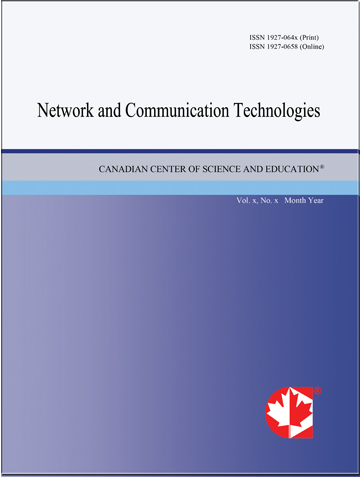A Review and Performance Analysis of Reactive and Proactive Routing Protocols on MANET
- Mohammad Ali Mostafavi
- Ayyoub Akbari Moghanjoughi
- Hamid Mousavi
Abstract
MANET is a spontaneous system of mobile nodes where each node plays the role of router and mobile station. They can join or disconnect from the network any time and transfer packets in peer-to-peer mode or a multicast mode. Nodes are connected by way of wireless links and form a random topology graph. Network topology may change rapidly and erratically, so it can considerably affect packet routing in terms of network throughout, load and delay. Multiple hops can locate between diversity of node’s route as a consequence form the communication as expanded complexity. In this paper the performance of three well-known MANET routing protocols - Ad hoc On-demand Distance Vector (AODV), Dynamic Source Routing (DSR) and Optimized Link State Routing (OLSR) - has bees been investigated. Furthermore, all above mentioned protocols are compared based on three important performance metrics which are average end-to-end packet delay, network load as well as network throughput.
- Full Text:
 PDF
PDF
- DOI:10.5539/nct.v1n2p48
Journal Metrics
(The data was calculated based on Google Scholar Citations)
1. Google-based Impact Factor (2021): 0.35
2. h-index (December 2021): 11
3. i10-index (December 2021): 11
4. h5-index (December 2021): N/A
5. h5-median (December 2021): N/A
Index
Contact
- Bruce LeeEditorial Assistant
- nct@ccsenet.org
